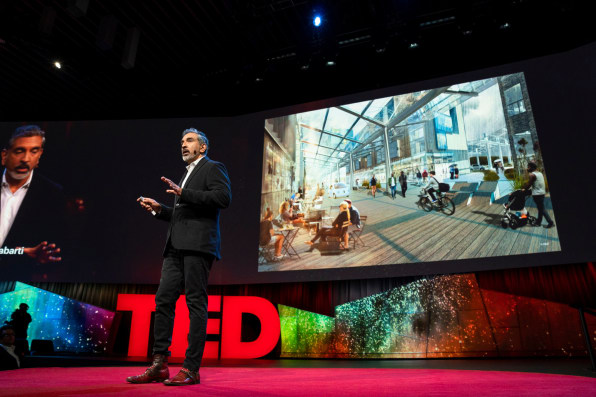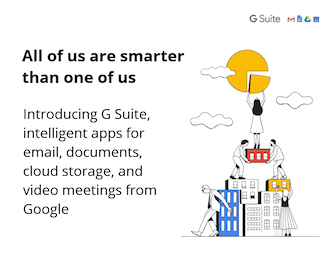“If you don’t want processed food, why do you want processed cities?” asks architect Vishaan Chakrabarti.
Think of the pedestrian bridges of Venice, or the steep, tiled streets of the favelas in Rio de Janeiro. Or the winding back alleys of Hong Kong, and the intricate apartment buildings of Paris.
And then, think about a modern downtown. Charlotte, North Carolina, the planned business district of Konza Techno City in Kenya, Shanghai. They all look the same.
That, says architect and Partnership for Architecture and Urbanism founder Vishaan Chakrabarti at TED 2018 in Vancouver, is a major problem. “There’s a creeping sameness besieging our planet,” he says. And this matters, he adds, because more and more people around the world–around 100,000 every day–are moving into urban areas every day. By 2050, around 70% of the world’s residents will live in cities.

From our partners:
His answer is yes, but first, we have to understand how are our cities homogenized over the last century. Mass-production of materials like concrete, steel, asphalt, and drywall, he says, equipped architects with building features that “we deploy in mind-numbing quantities across the planet,” he says. Developers, armed with this materials, “want to build bigger and bigger” to house as many people as possible to recuperate the cost of building, and that has brought about “the dull thud of the same apartment building being built in every city across the world,” Chakrabarti says. Not only is this trend homogenizing design, but it’s homogenizing societies, and fostering the affordability crises gripping our cities.
Chakrabarti is all for housing as many people as possible, and creating safe and accessible environments for urban residents. His issue is with the lack of creativity and local sensitivity with which we have gone about providing for these things.
We need, he says, to go back to building “cities of difference.” And that starts with injecting into the global, the local. While in the past, designers, architects, and planners have leaned on mass production and homogeneity to do their jobs, Chakrabarti suggests they look to food as inspiration to free themselves from this way of thinking. “Look at the way that craft beer has taken on corporate beer,” he says. He then asks the audience how many of them still eat Wonder Bread. Very few do. “If you don’t want processed food, why do you want processed cities?” he asks.
Instead, Chakrabarti suggests that designers and architects build cities “that respond to local communities, climates, cultures, and construction methods.” Some are already doing so: Balkrishna Doshi, who won the Pritzker Prize this year for his work on affordable housing in India, creates beautiful, culturally specific dwellings that invoke a sense of place while effectively housing thousands.
And Chakrabarti’s team at PAU is developing a 21st-century urban center for Ulaanbaatar, Mongolia. Instead of leaning on generic buildings, Chakrabarti’s team is creating a catalog of colorful edifices–homes, shops, theaters–designed with local material, that work together in concert and create a diverse, culturally sensitive and unique city center.
“We’re searching for a new model for growing cities that could shape-shift in response to local needs and building materials,” Chakrabarti says.
By going back to designing urban areas with cultural sensitivity and difference in mind, “we can disincentive sprawl and protect nature, and build cities that are high-tech but respond to the cultural needs of its peoples,” he says.
This feature is written by EILLIE ANZILOTTI & originally appeared in Fast Company.

















